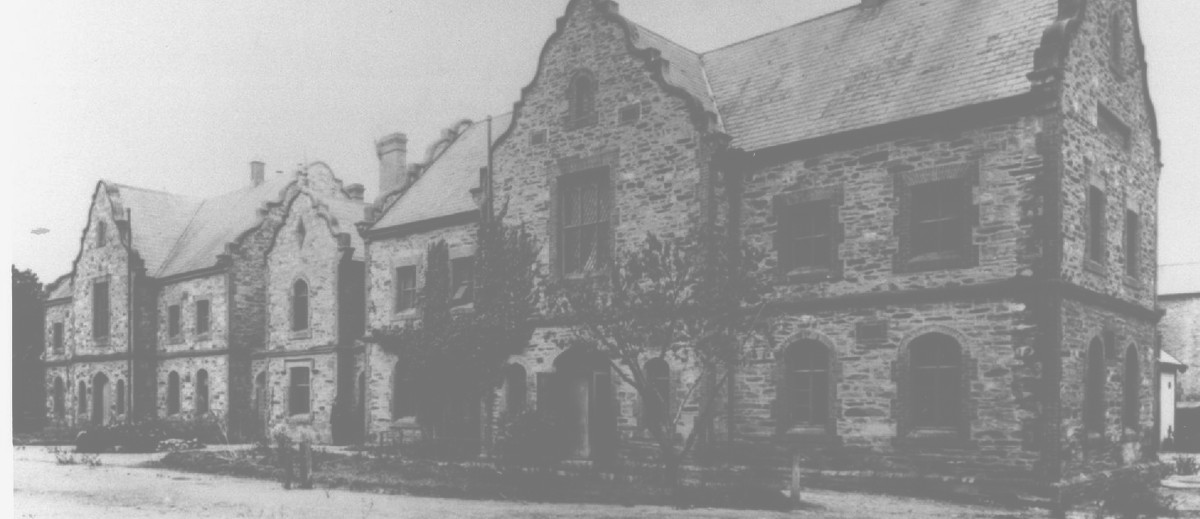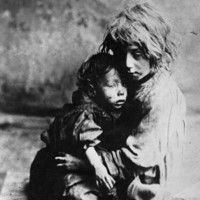Subject
ContributeThe most obvious poverty to manifest itself in colonial South Australia was that experienced by Aboriginal peoples once confronted by the reality of the loss of traditional patterns of existence. European society, however, soon had to respond to those of their own who were unable to provide for their own subsistence. The position of emigration agent provided relief to 940 people in 1840, and from 1849 a Destitute Board was providing both rations and residence (the Destitute Asylum on Kintore Avenue, Adelaide) to mitigate the worst of the poverty in the colony.
A plethora of religious-based welfare interventions was also evident while the attentions of the state increasingly focused on the very young and the very old. The State Children’s Council supervised over 1000 children in non-institutional care in 1895, while a large proportion of the Destitute Asylum’s residents was transferred to more appropriate accommodation when the Magill Old Folks Home was established in 1917, enabling the former institution to close its doors.
South Australia’s frequent periods of high unemployment strained the state’s resources, and at the height of the Great Depression the Unemployment Relief Council was responding to 20 000 applications per quarter.
Rapid industrialisation during and after the Second World War gave rise to full employment and enabled the development of an infrastructure, especially in low cost housing, which ultimately had to accommodate those who fared most poorly following the state’s exposure to international markets in the last two decades of the twentieth century.
The relative decline in Australia’s manufacturing base bore heavily on a manufacturing state like South Australia. Chronic, intergenerational unemployment has now become a feature of life in many suburbs and towns that once provided the foundation for the immediate post-war prosperity. South Australia’s unenviable place as the poorest of the mainland states has contributed to relative population decline and shaped a resident population that is older, poorer, and more dependent on welfare provision than much of the rest of the country.
Media
Add mediaImages

Image courtesy of the State Library of South Australia, SLSA: B 796, Public Domain



Comments
CommentAdd new comment
That sounds plausible Kelly but I'm not an expert on that area of history so I'll need to confirm it with another source. You can see the author's sources for this article under 'Learn More' at the top right if you want to read further.
I was under the impression that the governor would give food to the destitute and mentally ill along the eastern wall of government house (Kintore ave.) where the servants quarters once were. I'm not sure where I read it, but perhaps someone else can verify this.